The mini-lesson is one of the most important parts of your reading workshop. It is also one of the shortest . You have just 10 minutes to make sure you are teaching your students a new reading strategy or skill that will help them grow as readers.
EEEK! That can feel like a huge challenge.
To make sure that you are maximizing your mini-lesson and getting the biggest instructional bang for your buck, make sure you try and avoid these five mini-lesson missteps.
#1 – Reading The Entire Text
This little misstep is one that I was guilty of for many years. I must have missed the mini-lesson memo when I first started using the workshop model. I had no idea how to make my mini-lesson 10 minutes or less when it would take me 15-20 minutes to read the entire mentor text to my students… well, the problem was I shouldn’t have been trying to read an entire text during my mini-lesson.
The goal of your mini-lesson is to provide focused instruction for ONE teaching point. This means you are providing a clear and concise for ONE reading strategy or ONE reading habit you want your students to start embracing.
The goal of your mini-lesson is not to read and share an entire story with your students – that is what your read aloud time is for.
The goal of your mini-lesson is to focus on a reading strategy or reading habit. The text you are using is merely a vehicle for you to model and teach that strategy.
Try to avoid reading the entire text during your mini-lesson consider the following:
-
Preview the text ahead of time. If you haven’t read the text ahead of time, it will be challenging to know what parts of the text are going to support your teaching point.
-
Keep a basket of books that you have read during your read aloud so you know which books your students are familiar with – this will make it so much easier to use them for your mini-lesson.
-
Use the same texts for your reading and writing mini-lessons – again, when students have familiarity with the story, it will be easier for them to focus on the strategy you are trying to teach them.
-
Over the summer or during a holiday break pull out some of your favorite picture books and identify ALL the teaching points you could use that picture book for and figure out what parts of the text you would want to highlight for each teaching point.
#2 – Taking Too Much Time
Mini-lessons are meant to be short. At most, your mini-lesson should be 10 minutes or less. And if you get really good at planning, you can get your mini-lesson down to just 5 minutes. Mini-lessons aren’t meant to take up the bulk of your reading workshop. Remember, the shorter your mini-lesson is, the more time your students will have for independent reading and the more time you’ll have for pulling small groups.
As teachers, we have the tendency to be long winded (I am super guilty of that). We also have this idea that in order for us to be teaching, we should be the ones doing the talking. But when it comes to your mini-lesson, you definitely want to embrace a “less is more” mindset. AND the younger your students, the shorter your mini-lesson should be.
To make sure your mini-lesson is short and sweet here are some tips:
-
Don’t’ read the entire text (re-read #1 if this is still a challenge for you)
-
Identify the parts of the text you want to use for your model or rehearse your examples before your lesson (if you’re teaching off the cuff, it’s going to be hard to keep your mini-lesson mini)
-
Have just one clear teaching point
-
Script out your teaching point to prevent too much teacher talk
-
Use a timer so you are aware of just how long your mini-lessons are taking
-
Practice ahead of time until you get comfortable with the short and sweet format
#3 – Not having a clear and concise teaching point
Not having a clear and concise teaching point can show up in your mini-lesson in two different ways.
#1 – You attempt to have more than one focus or objective for your mini-lesson.
-
Today I’m going to teach you how to find the main idea AND summarize a non-fiction text.
-
Today I’m going to teach you how to talk about AND write about your text.
-
Today I’m going to show you how readers ask AND answer questions while they read.
Anytime you use the word AND in your teaching point, it should be a signal that it’s not clear or concise enough. When we try and teach more than one thing during our mini-lesson, it is going to make it harder for our students to apply what we are teaching them. Trying to double up on teaching points can be tempting if you get behind with your schedule or if you aren’t consistent with having a daily mini-lesson. But as tempting as it is to try and double up and kill two birds with one stone, don’t. You’ll see much better results if you keep your mini-lesson focused on just ONE objective.
#2 – The other way your mini-lesson can become unclear is when your focus is just too big and too general. Most of our reading standards or skills can be broken down into small bite-sized chunks. You want to make sure that your teaching point is very focused and concise.
Here are some examples of teaching points that are too big.
-
Today I’m going to show you how readers visualize while they read.
-
Today we are going to learn how to make inferences about the text.
-
Today we are going to talk about how to identify the genre of a text we are reading.
Remember, your mini-lesson should be very focused and provide students with a clear set of steps or a strategy they can apply. The best way to make sure your mini-lesson is doing that is to ask yourself “How will students do this?” or “What part of the text will students focus on?”
Here are some more focused teaching points.
-
Today I’m going teach you how to use text clues to help visualize the setting of the story.
-
Today we are going to learn how we can make inferences about a character by paying close attention to their words and actions.
-
Today I’m going to show you you can identify the genre of a text by looking at the front and back cover of a book.
You want your students to have a very clear idea of what you will be teaching them during the mini-lesson.
#4 – Talking about a strategy instead of teaching a strategy
I’m going to be honest. Sometimes we confuse talking and teaching. It’s easy to think that when we (teachers) are talking to our students in whole group we are teaching. But during your mini-lesson you need to make sure you are actually TEACHING a skill or strategy and not just TALKING about it.
Let me try and show you what I mean.
Here is a sample of what a teacher might say during a mini-lesson:
“Today we are going to learn how to make inferences. Strong readers make inferences while they read. It is important to make inferences because it helps you understand the text on a deeper level. Readers should make inferences at multiple points in the text. As you are reading you want to pause and make inferences about what you have read. When you are reading a fiction text, it is really important to make inferences about characters so you can better understand their traits and feelings. When you make an inference you combine your background knowledge with the text to figure out something the author didn’t directly state.”
That right there is a lot of teacher talk. The teacher didn’t really teach her students anything about making inferences. Even though she said, “combine your background knowledge with the text to figure out something the author didn’t directly state” her students will have NO idea what they should be doing during independent reading.
If you want to teach students, you need to give them a clear teaching point and give them a set of steps, processes or questions they can apply to their own reading.
This is an example of what teaching could like during a mini-lesson:
“Today I want to show you how readers can pay attention to a characters words and actions to help make inferences about the character’s personality”
That right there is an improvement. You are clearly telling students that they can make an inference by paying attention to a character’s words and actions. That is all you need to say when talking about your teaching point. If this were your mini-lesson you would go ahead and show students one or two places in the text where a character says or does something significant and you would model how you would make an inference to learn more about the character’s personality.
#5 – Forgetting to make the transfer to independent reading
The whole point of the mini-lesson is to help your students grow as independent readers. You are providing them with one small bite-sized skill, strategy, habit, or behavior they can apply to their reading lives. If you forget to make the transfer to their independent reading than there really was no point of you teaching the mini-lesson in the first place.
At the end of every mini-lesson you want to make it very clear how you want students to apply this new learning to their independent reading lives.
To help your students make the transfer and successfully apply the skill to their independent reading consider the following…
-
Restate your teaching point at the end of your mini-lesson
-
Have students repeat the teaching point at the end of your mini-lesson
-
Have students make a plan for how they can apply it to their independent reading. Let students turn and talk with a classmate before you release them to their independent reading
-
Provide students with an anchor chart, strategy card, graphic organizer, sentence stem, or some other visual they can take back to their desk to remind them to apply this skill to their independent reading
-
Provide a mid-workshop check-in and remind your students that they should be practicing what you talked about during your mini-lesson
-
Revisit the teaching point at the very end of the workshop during your closure
I’ve got a free gift for you!
Favorite Genre Reading Flowchart
Help your students fall in love with reading with this fun and engaging flow chart. This flowchart is a twist on a classic reading inventory and will help students discover the type of book they should read next. Students can go through this reading flowchart several times and get different answers each time. It’s such a fun way to help students explore different genres.
This is such a fun tool to share with students anytime they are in a reading rut and are looking for new genres to explore.
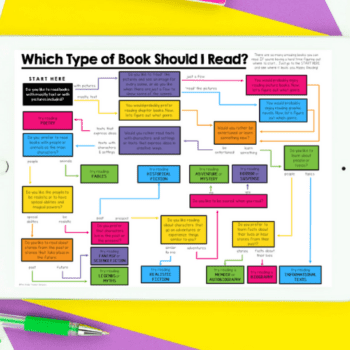
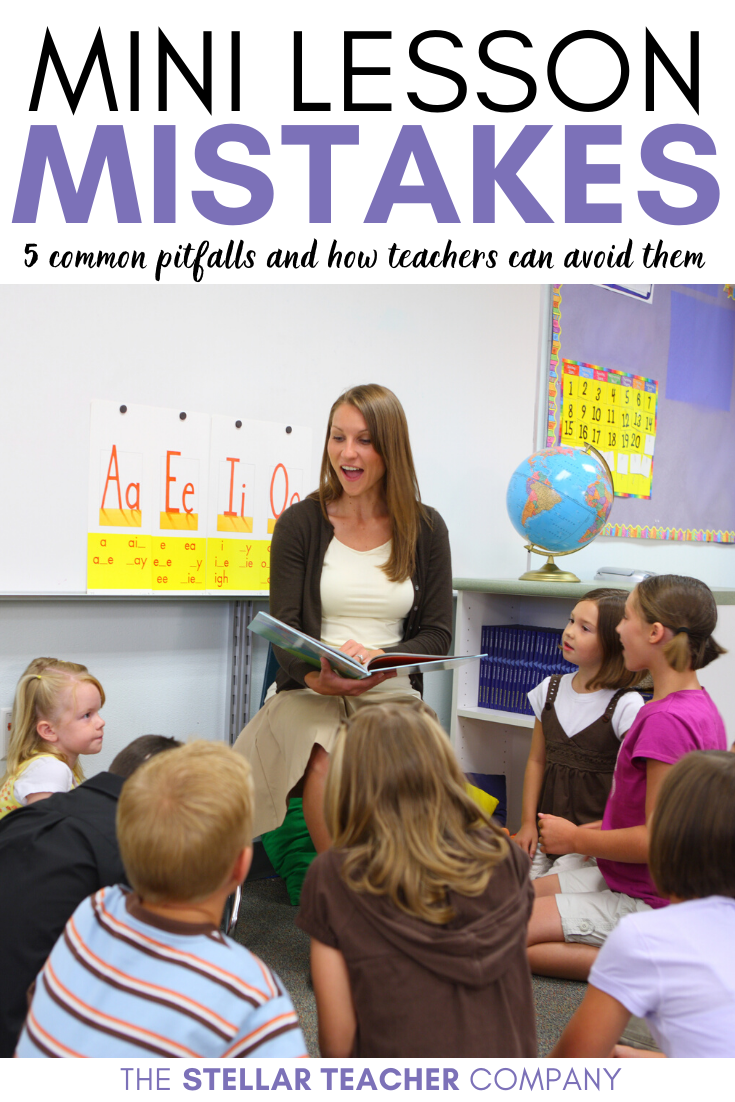



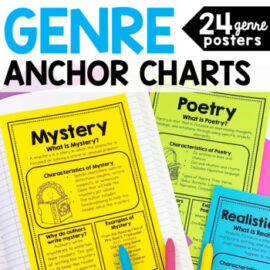
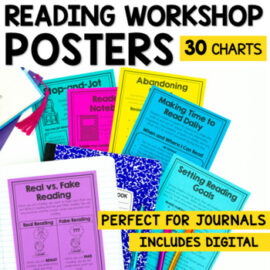
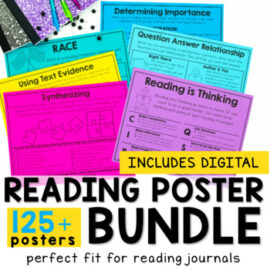

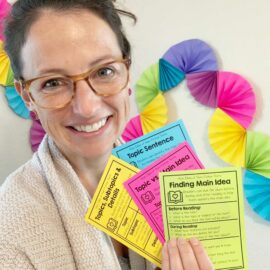
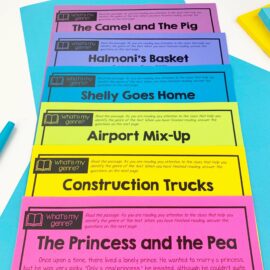


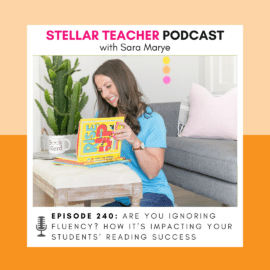
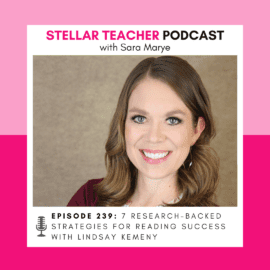

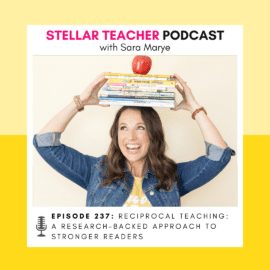



Leave a Comment
You must be logged in to post a comment.